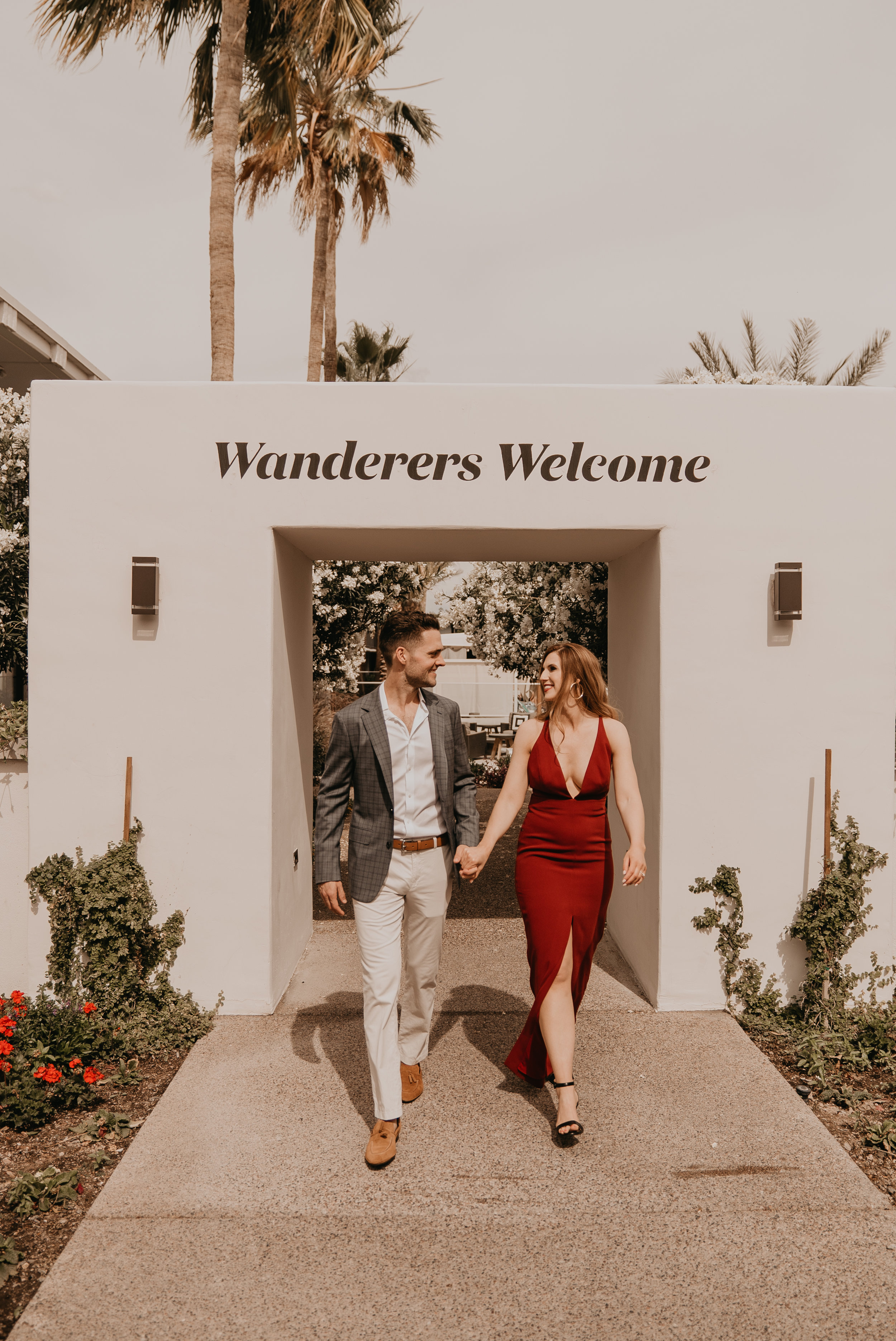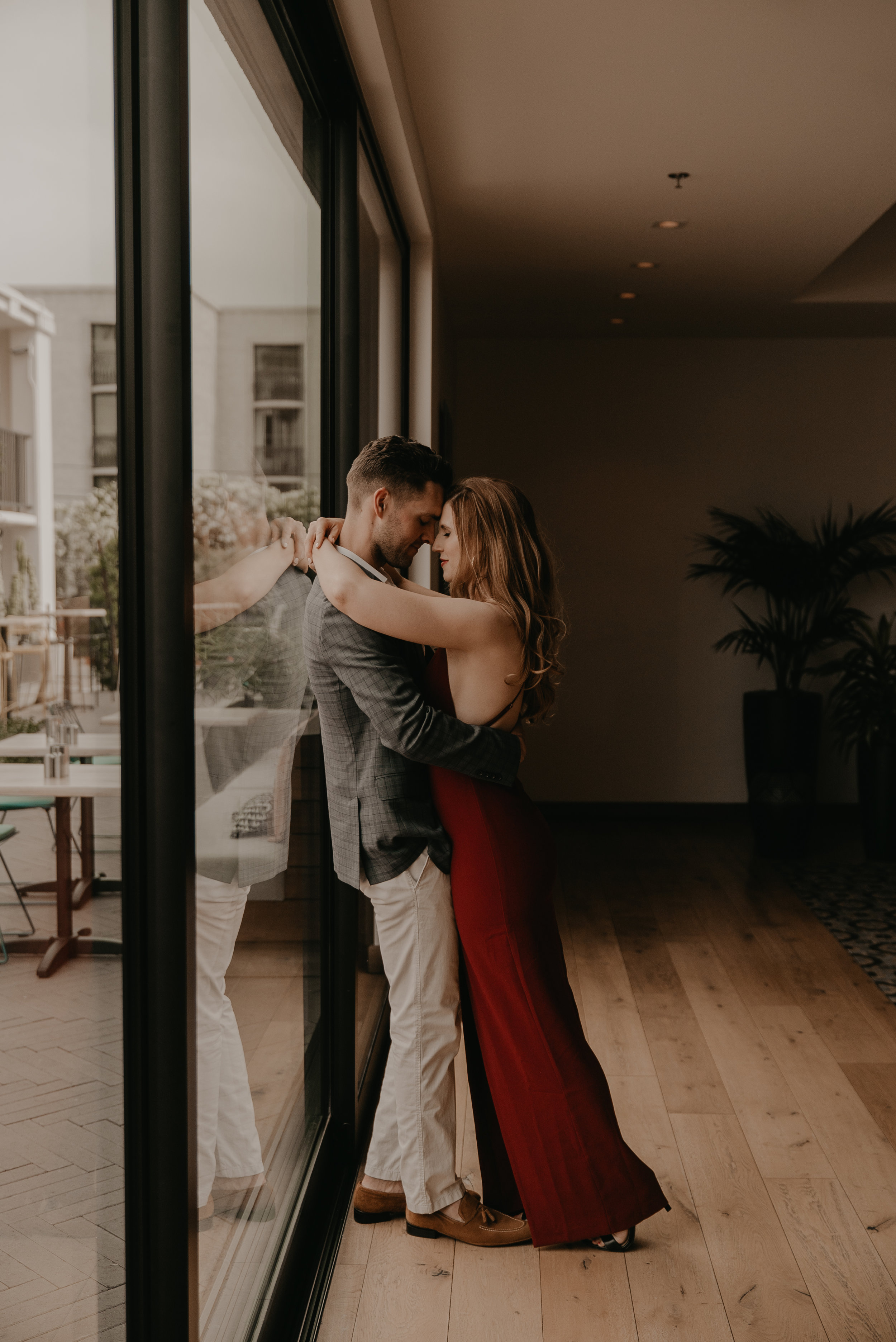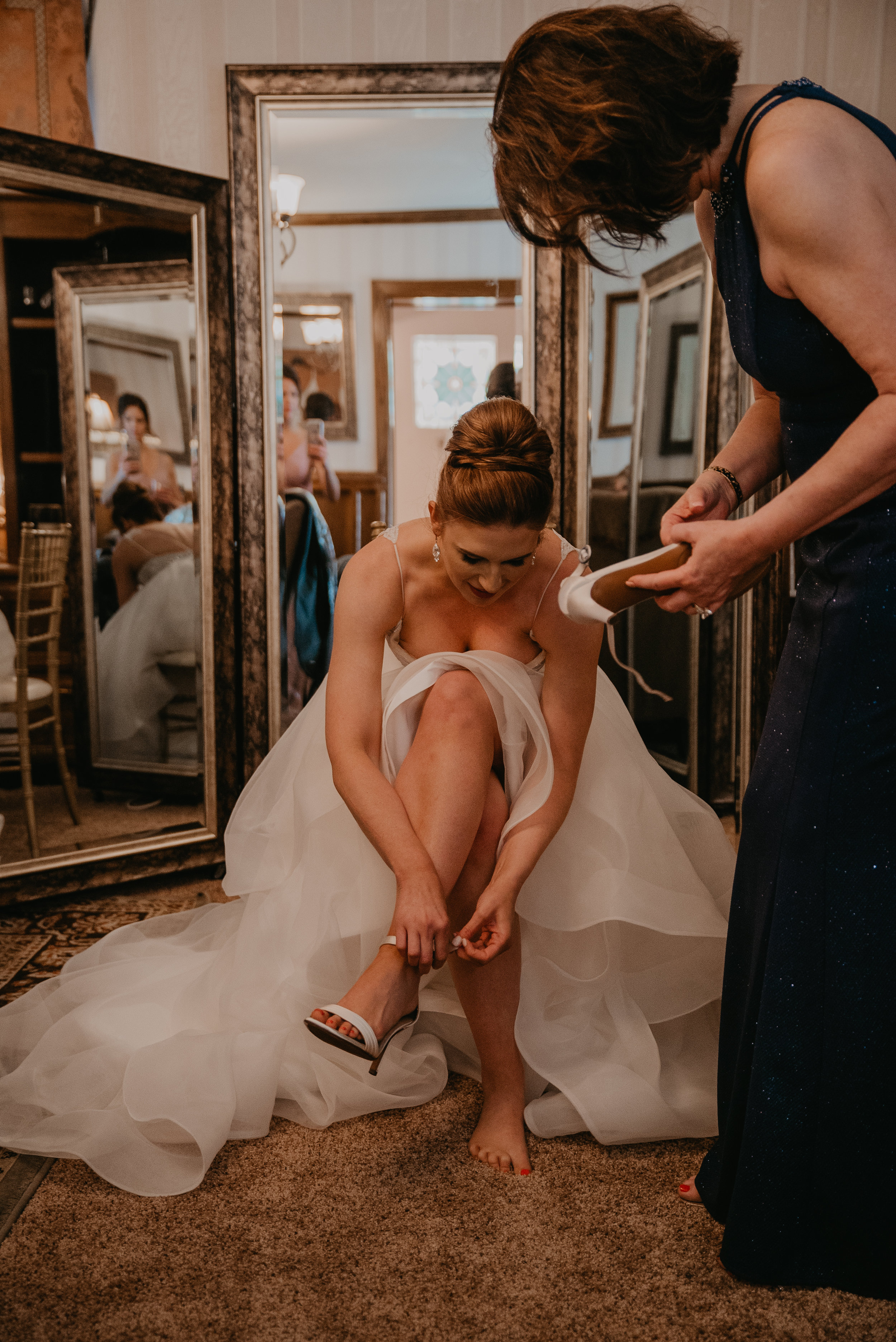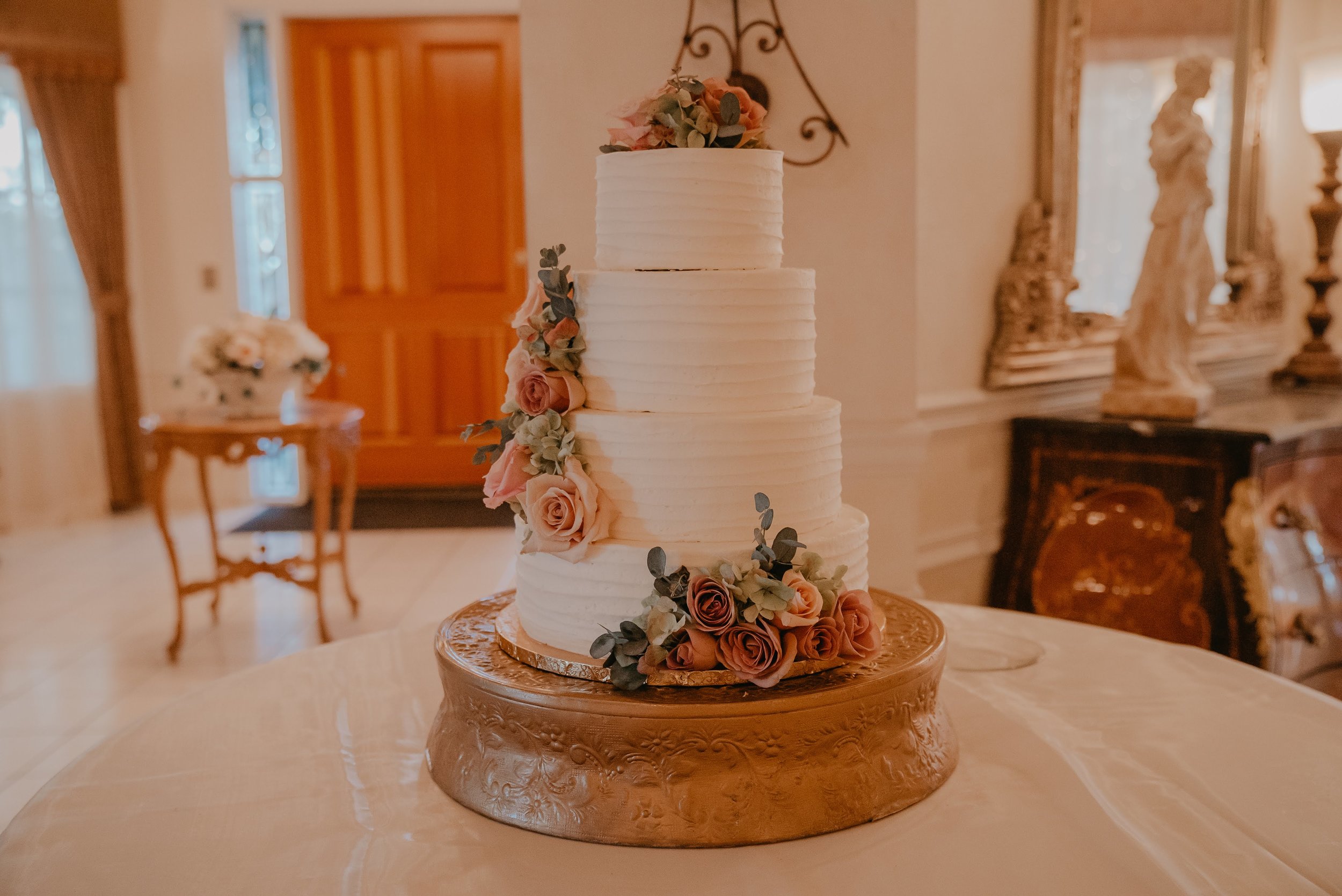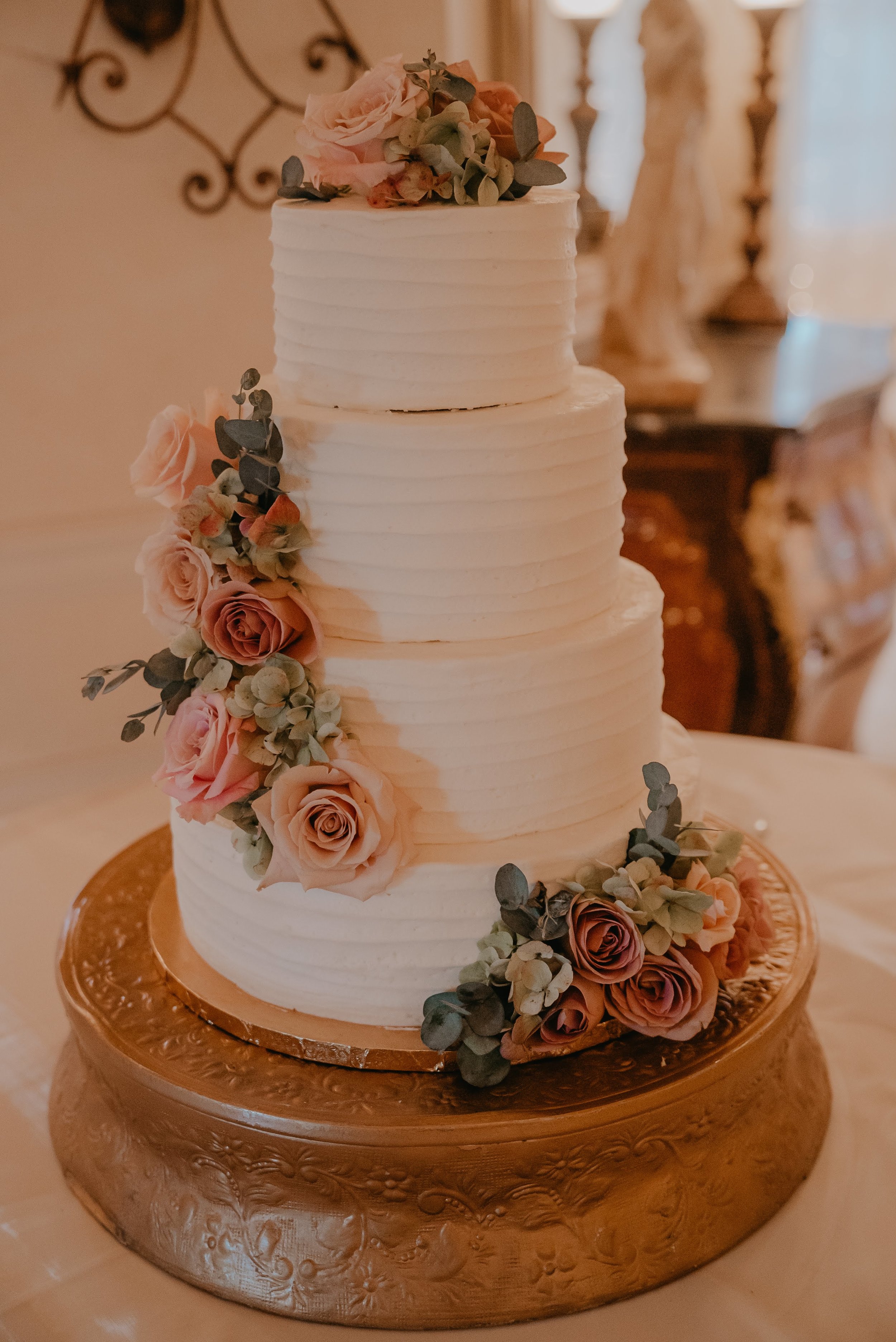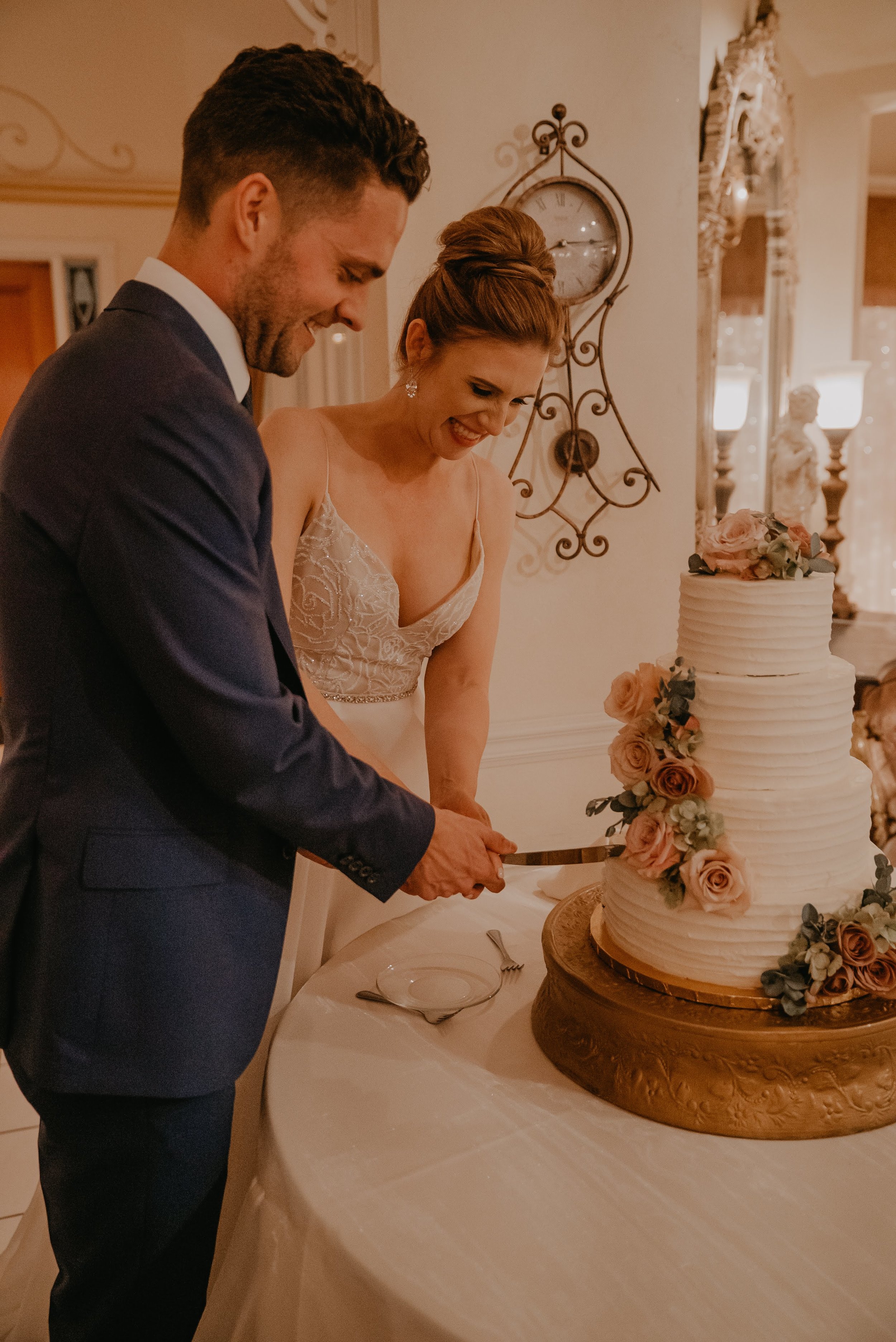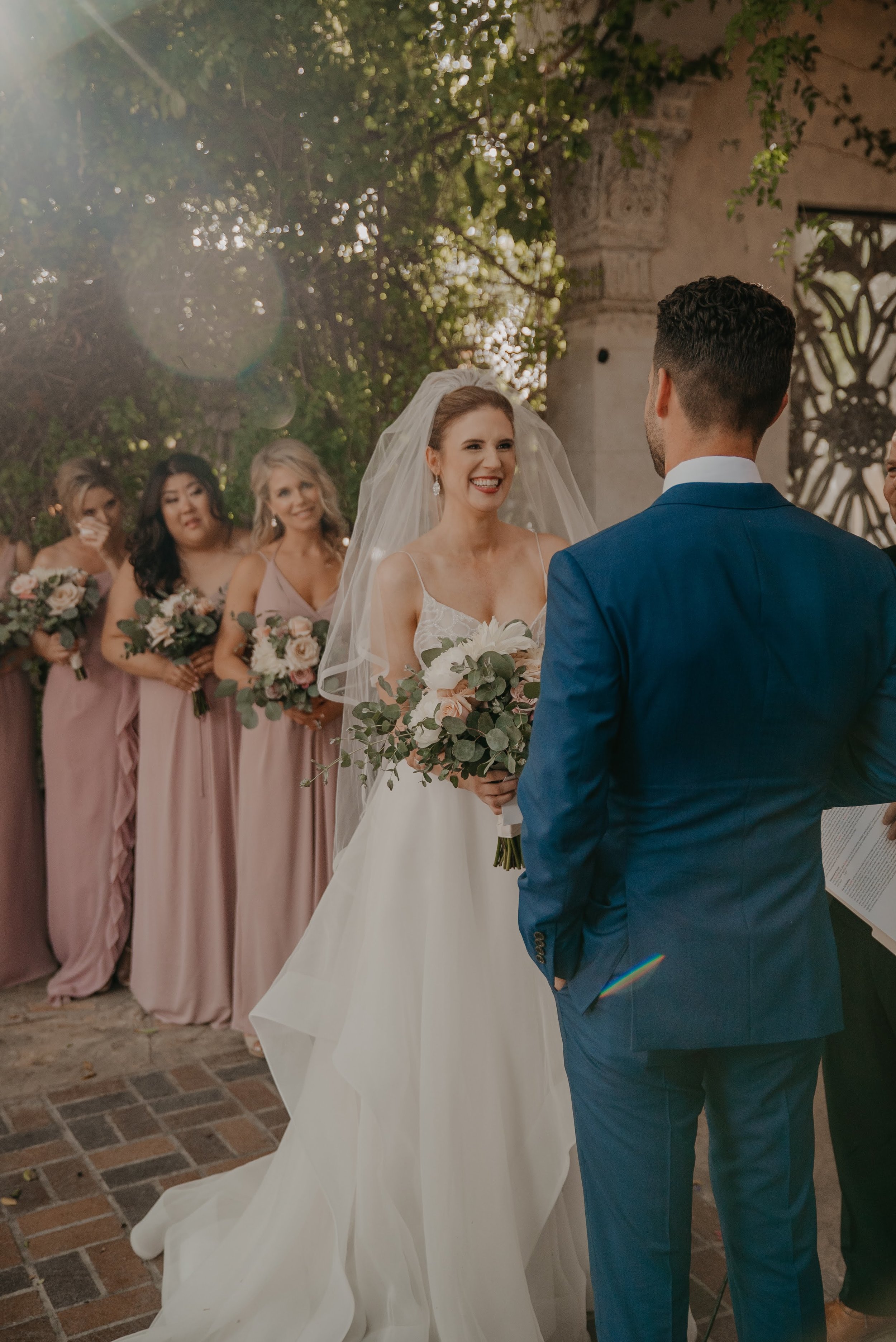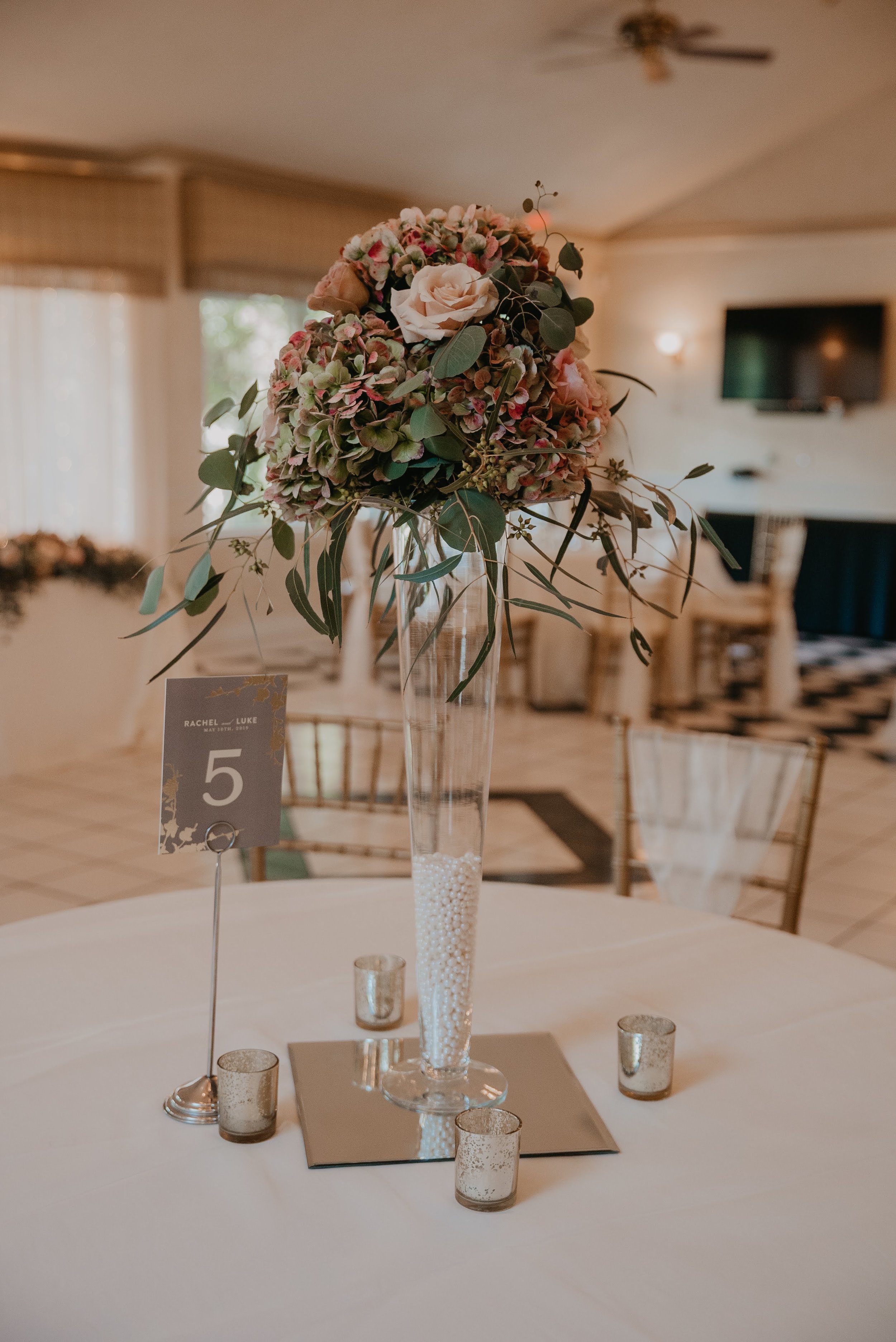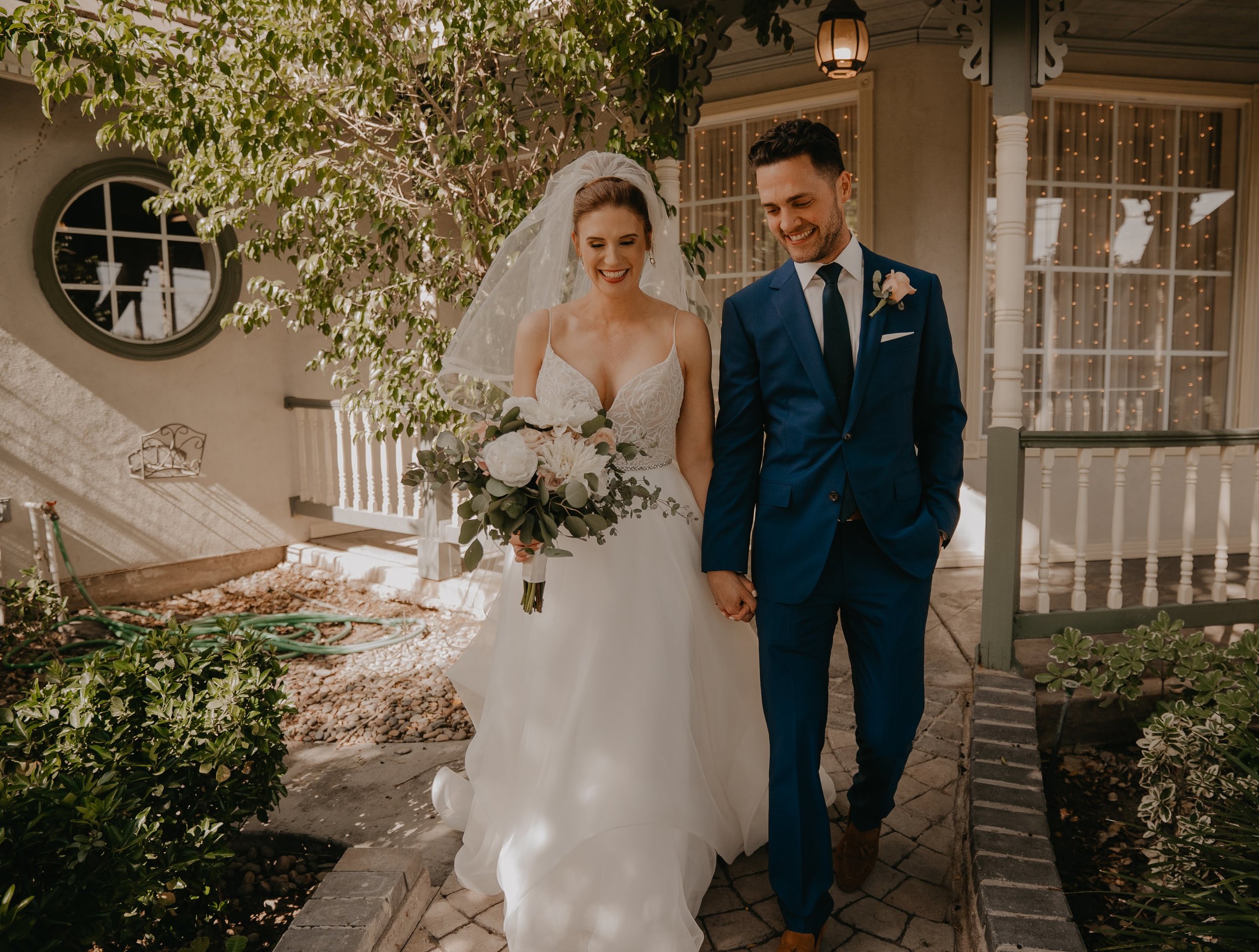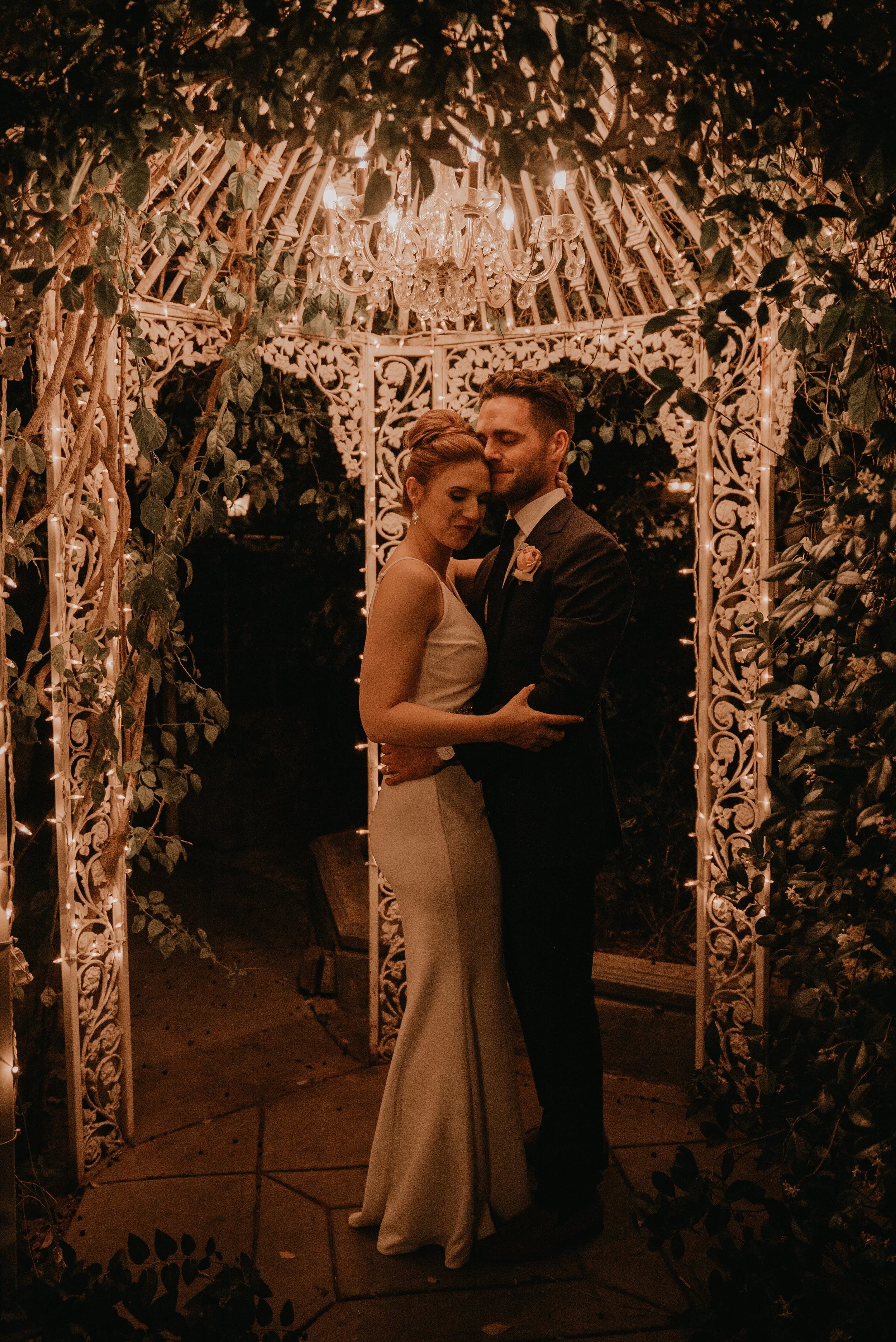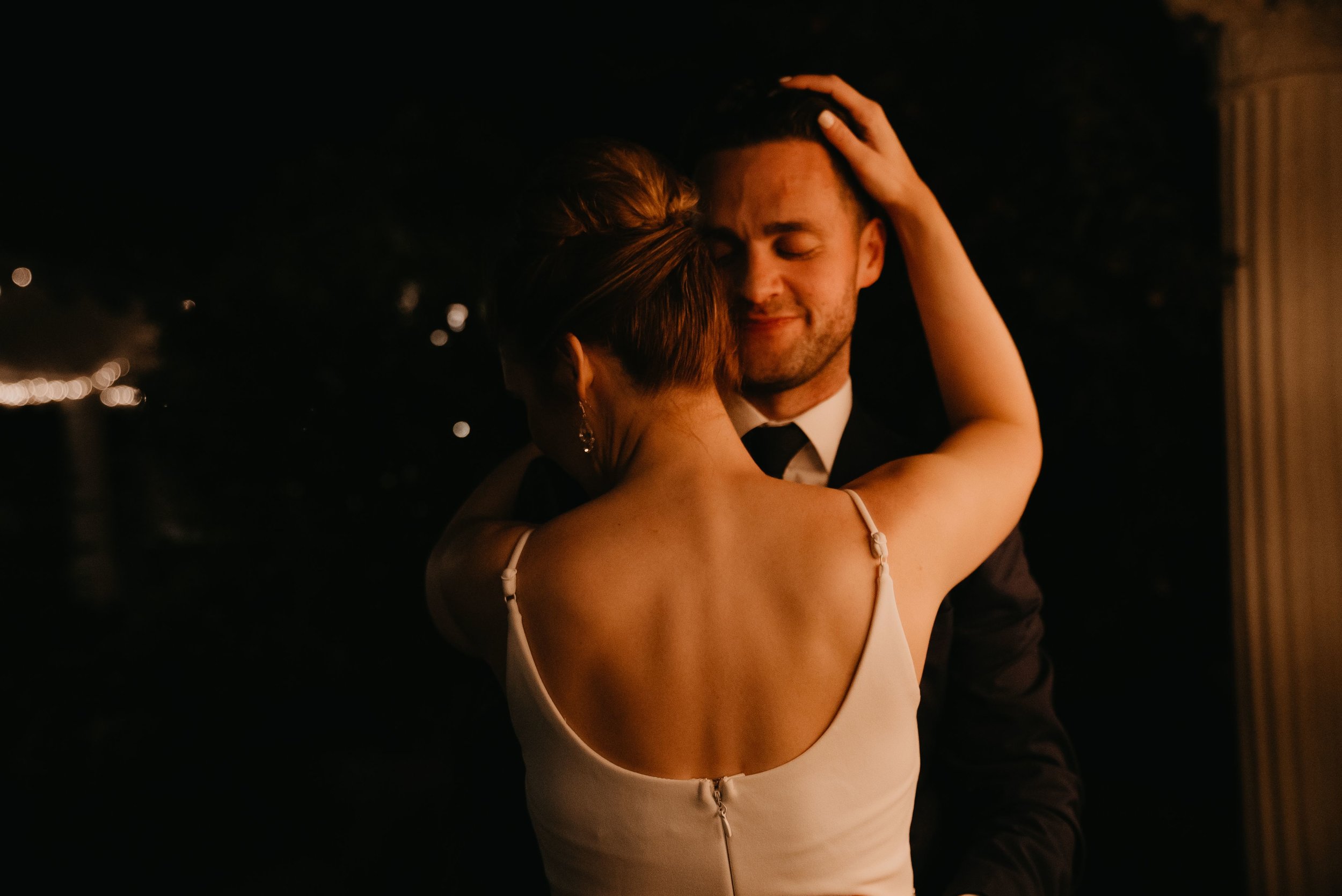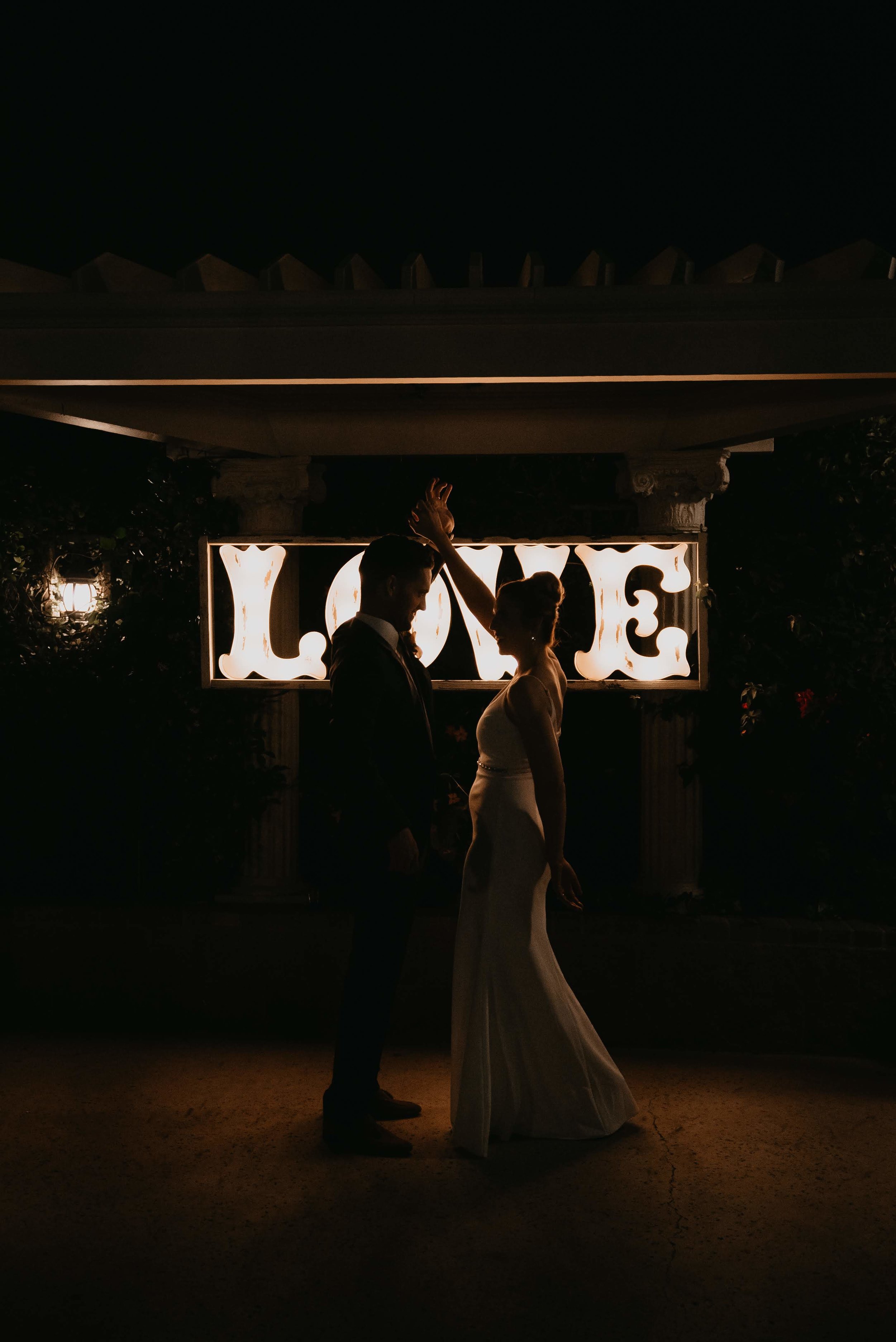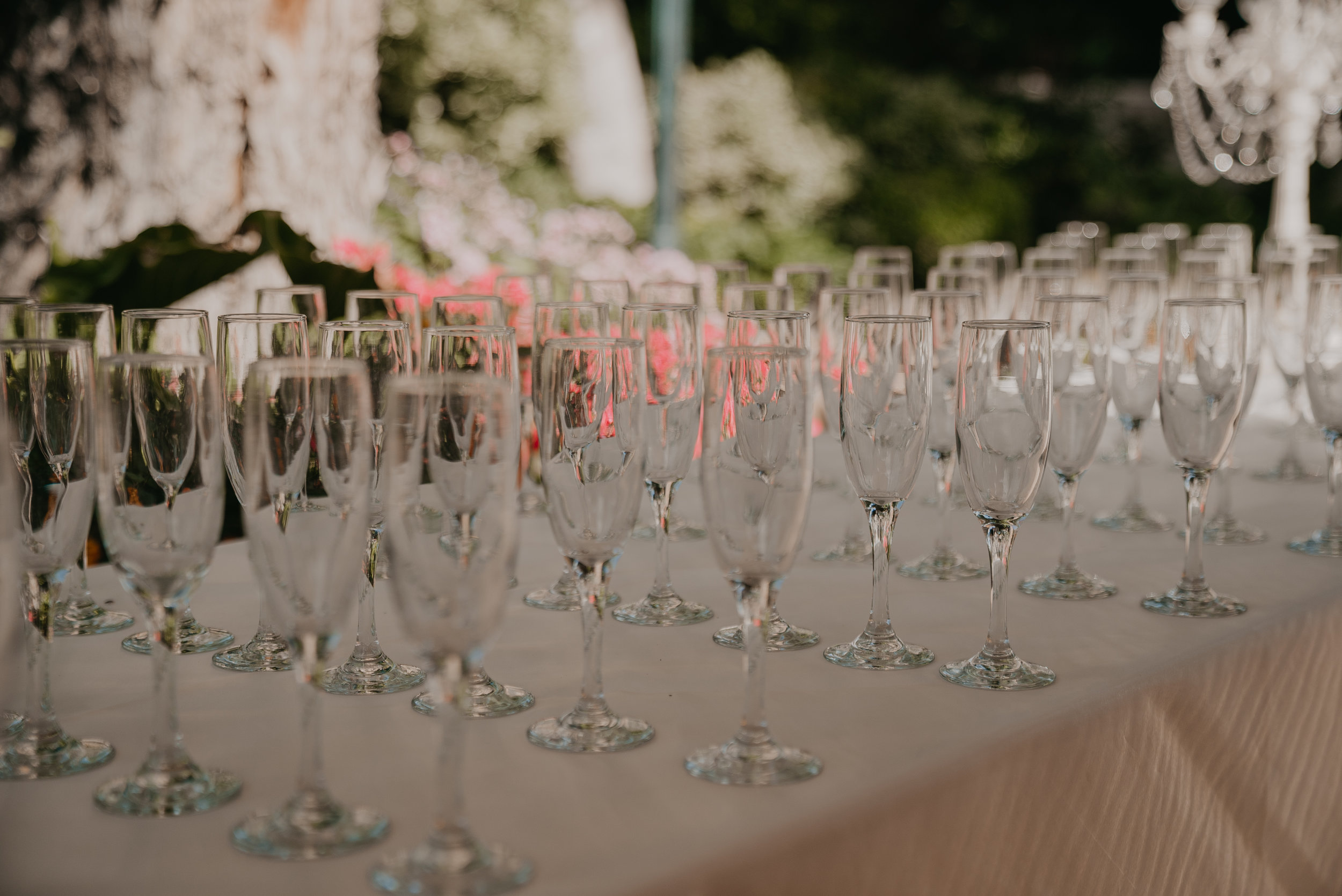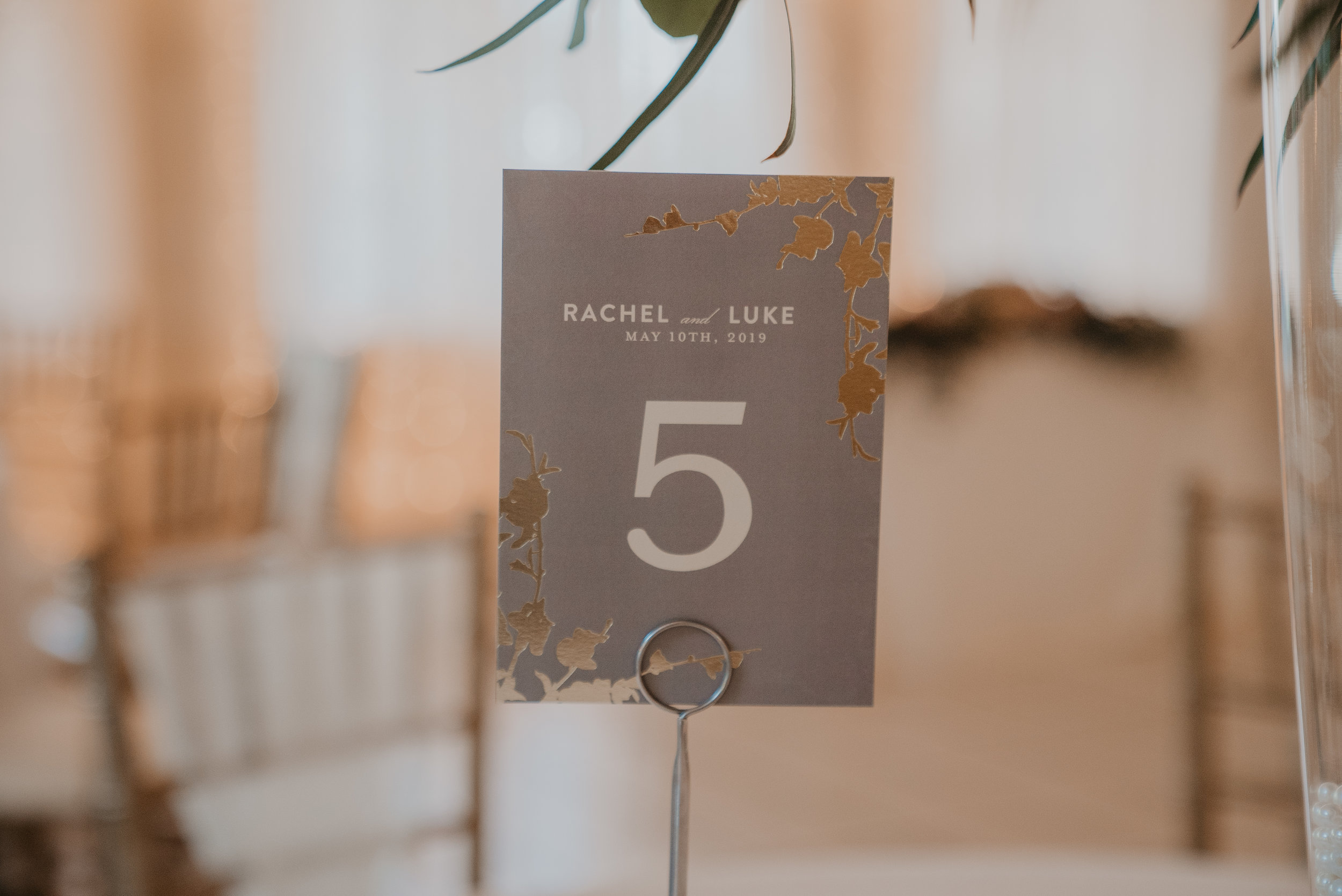Today on the blog, we are thrilled to share a “Classic” wedding in a garden. Now, the word “classic” has so many meanings. Rooted in tradition. Built around etiquette. Truly is so broad and in compassing of so many styles now a days. However, for those of you that want a truly "classic" vibe, here are the 4 must haves in planning a classic wedding. Of course with a little history lesson showcased by the famous photographer Rich Faiva.
READY, SET, GO
Rich Faiva Photography
THE CLASSIC STYLED BRIDE
A classic bride is simple. She is elegant. She is refined. She is careful about the details and always looks at the whole AND the individual pieces of her look. The main element for a classic bride to consider, is the color of the fabric she chooses. White became a popular option in 1840, when Queen Victoria married Albert of Saxe-Coburg. Apparently, paying attention to the royal fashions (ahem, Kate & Meghan) was pretty major. Since then, white has dominated as the color of choice for the classic bride. Alternative classic hues would include eggshell and ivory, although we believe whole-heartedly that blush will soon land on that list.
Rich Faiva Photography
Next, she considers her silhouette. A-Line & Ballgown are the two cuts that are most commonly used in traditional weddings. However, there a dozen other stunning cuts that can still capture the timeless wedding vibe you are going for. Satin, Silk and Charmeuse are generally the foundational fabrics, while lace, tulle and Chiffon are common overlay fabrics and give the bride that romantic, feminine vibe that a traditionally styled bride is after.
Beauty should be simple and clean. Natural inspired make-up just amped up a wee bit. Hair in a classic up do or kept neat but free flowing. Jewelry can be anything that doesn't distract from the overall look - a simple strand of pearls or a solitaire diamond on the neck, diamond, pearl or jewel studs. And a beautiful veil to finish the look.
Rich Faiva Photography
THE CLASSIC WEDDING CAKE
One of the earliest traditions that we know of when it comes to the wedding cake is rooted in Ancient Rome where a cake of wheat or barley was broken over the bride's head to bring good fortune to the couple. The cake was considered a luxury and the larger it was, the more wealth you seemingly had.
Rich Faiva Photography
Wedding cakes in early America were traditionally fruit cakes topped with marzipan and icing with tiers (sound familiar?) and the "cutting of the cake" was a focal point of the reception. White icing was a symbol of money and social importance so a white cake was the desired look - purely refined white sugar was a costly ingredient that only wealthy could afford.
Rich Faiva Photography
CLASSIC WEDDING FLOWERS
While the reasoning behind wedding flowers has taken many a twist and turns - let's sum it up like this. Flowers, herbs and plants have been used in wedding celebrations for as long as anyone can remember. They have been a status of wealth, they have been rooted in meaning and luck, they have been used simply to make a room feel beautiful.
Rich Faiva Photography
Rich Faiva Photography
The most classic hues of wedding florals is generally considered white and green. Thus, the type of flower is rooted in the color options available. White roses, hydrangeas, Stephanotis, lilies and orchids have always been considered the most traditional. Now, "classic" includes many, many more varieties, the most popular being Peonies, Ranunculus, Anemones, Garden and Vintage Roses.
Rich Faiva Photography
Most classic wedding flowers include a bridal bouquet, smaller bridesmaids bouquets, boutonniere for the men, petals for flower girls, ceremony decor (often two arrangements flanking the top and bottom of the aisle), corsages for the important women (moms, grandmas, etc) and reception pieces. The reception can feature long, draped garlands, low but full centerpieces, tall and towering arrangements or any combination of those elements.
Rich Faiva Photography
THE CLASSIC WEDDING VENUE
Well, if we're looking at our most recent history, weddings generally take place in a church with the reception either in that same church hall or an event space nearby. As wedding budgets have grown, wedding venues have taken on a myriad of shapes and sizes. Now considered most classic are hotel ballrooms, country clubs, garden, homes, barns and event spaces.
Rich Faiva Photography
Rich Faiva Photography
Really being successful in defining a classic look for your wedding comes down to a few key elements: Simplicity, Refinement and Elegance. Stick with an all white color palette, choose modest, formal attire and choose florals that feel "rich" no matter what your budget. Let ceremony take center stage and find the grace and elegance in tradition that has been built upon hundreds of years of intention.
Rich Faiva Photography
Rich Faiva Photography
But want to know the single most important element to hosting a classic wedding? Love. REAL love. TRUE love.
XOXO
Rich Faiva Photography
Photographer: Rich Faiva
Content Source: https://www.stylemepretty.com/2018/10/07/head-to-toe-blueprints-for-styling-a-classic-themed-wedding/



